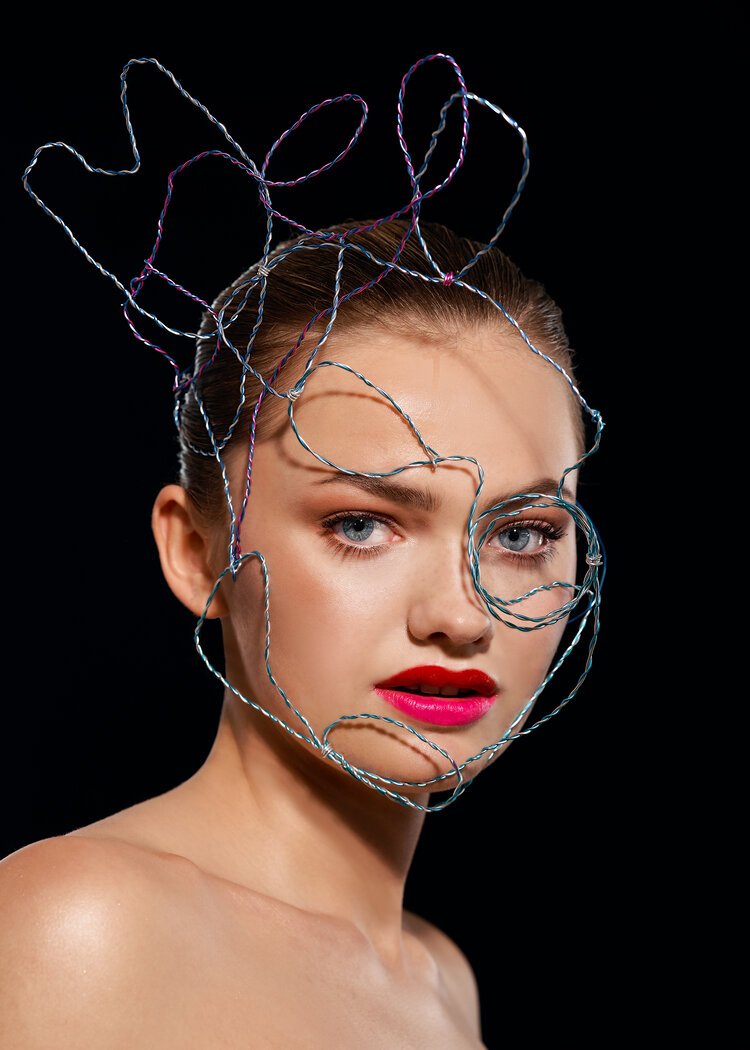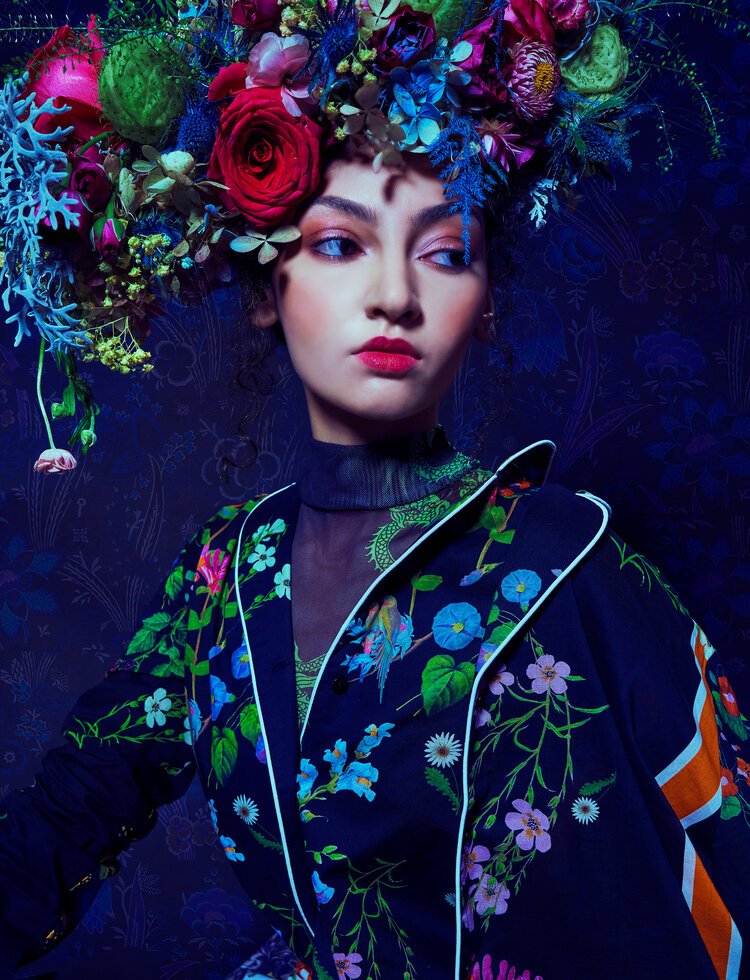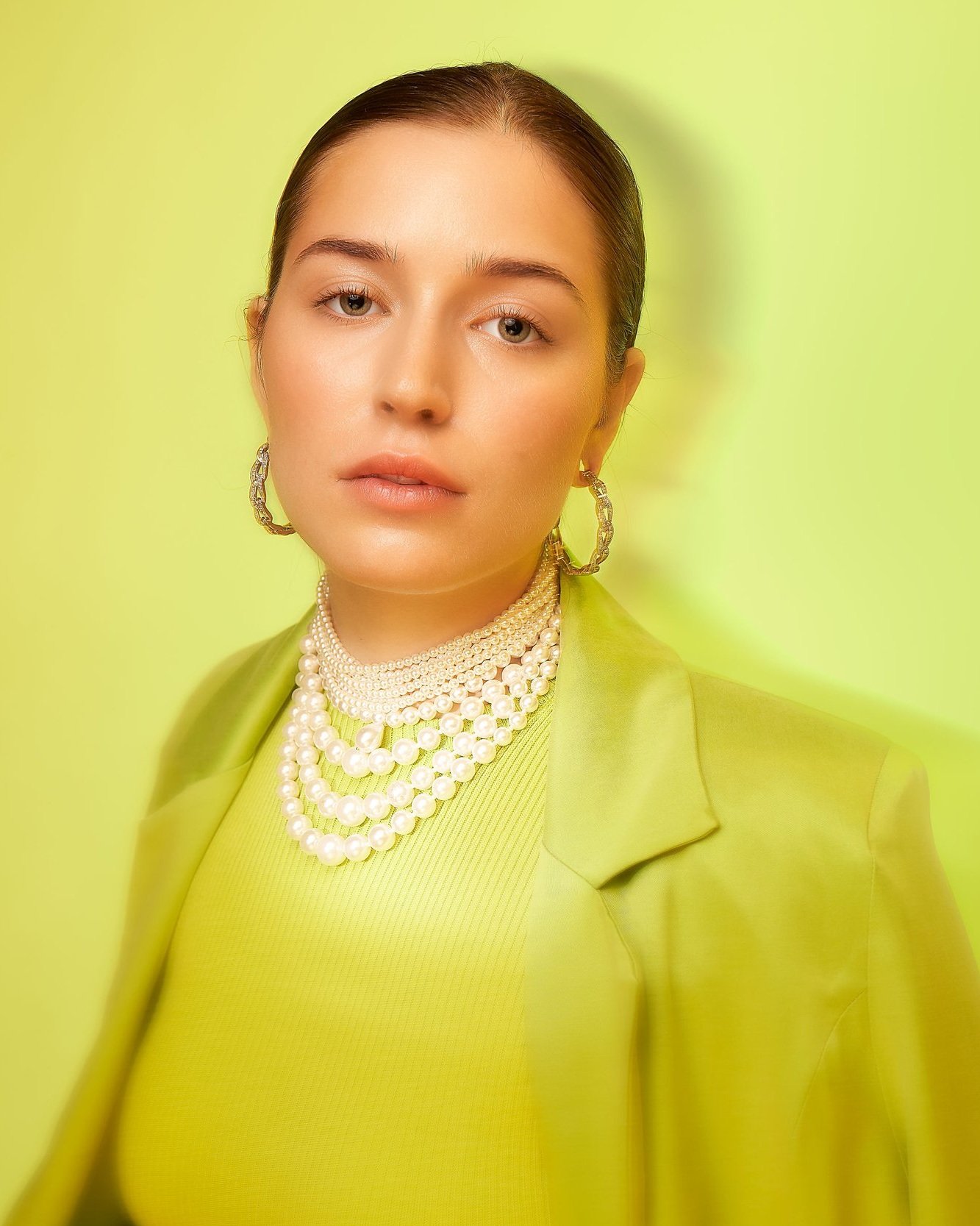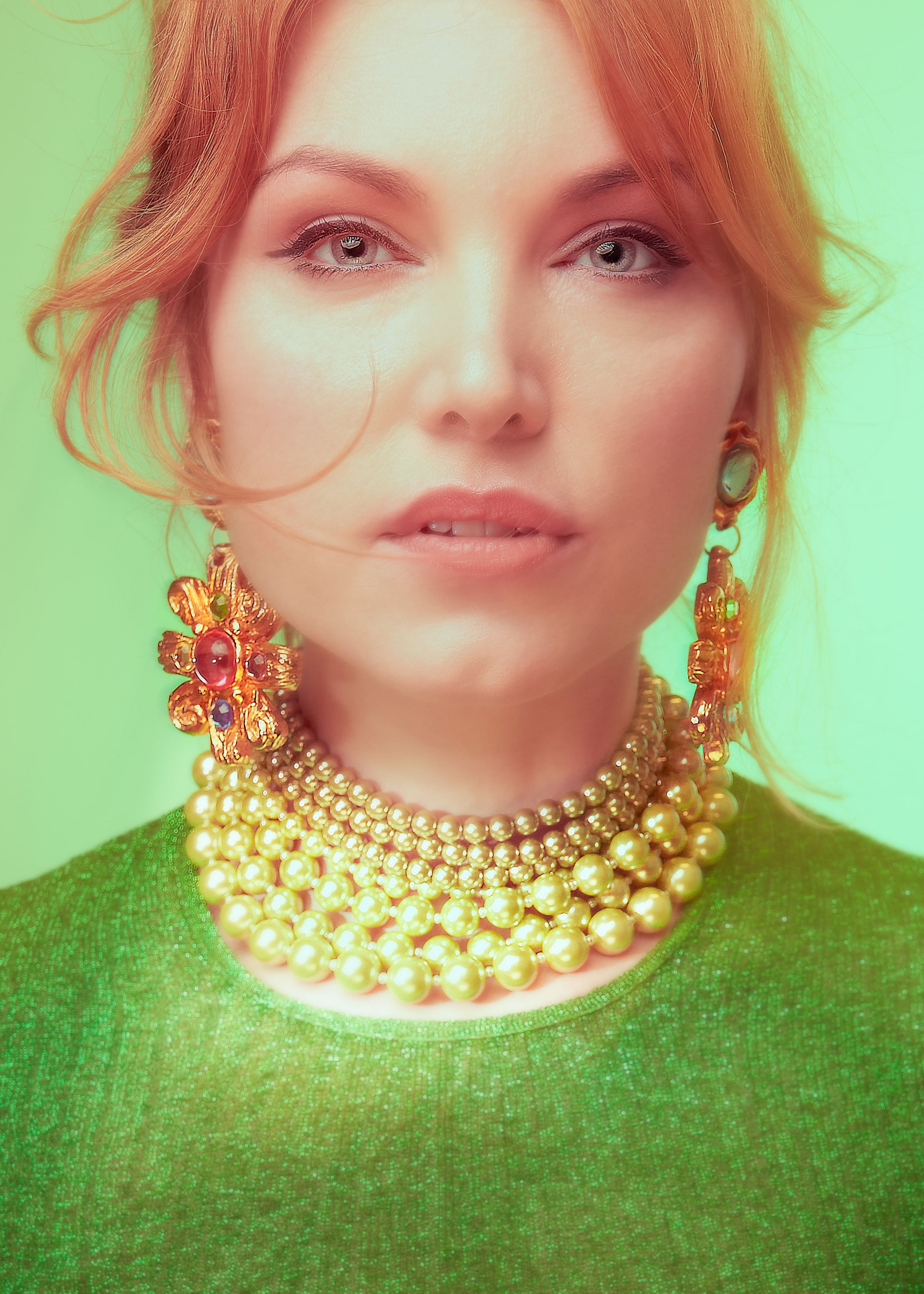Clamshell lighting is a popular lighting technique in portrait photography that involves using two lights or a light and a reflector to create a soft, flattering light on your subject's face. The name comes from the fact that the two lights resemble the shape of a clamshell when set up correctly.
In this blog post, we'll explore how clamshell lighting works, what equipment you need, and how to set it up for your own portrait photography.
How Does Clamshell Lighting Work?
Clamshell lighting involves using two lights (or one light and one reflector): a larger light source above your subject's face (known as the key light) and a smaller light source or reflector below their face (known as the fill light). The key light provides most of the illumination, while the fill light helps to reduce shadows and add definition to your subject's features.
This lighting setup is particularly effective for portrait photography because it creates a soft, flattering light that brings out your subject's natural features. By placing the lights in a clamshell formation, you can also help to minimize any harsh shadows or unflattering angles on your subject's face.
What Equipment Do You Need?
To create clamshell lighting, you'll need two light sources, such as studio strobes or speedlights (or one light source and one reflector). You'll also need light stands, softboxes or umbrellas to diffuse the light, and triggers to fire the lights remotely.
When it comes to the size and power of the lights you use, this will depend on the size of your subject and the distance between the lights and your subject. Generally, you'll want to use a larger, more powerful light source as your key light, and a smaller, less powerful light source (or reflector) as your fill light.
How Do You Set It Up?
To set up clamshell lighting, start by placing your key light directly above your subject's face. This light should be angled down slightly to create a soft, even light on their face.
Next, position your fill light directly below your subject's face. This light should be angled up slightly to help fill in any shadows and add definition to your subject's features.
Finally, adjust the distance between the lights and your subject as needed to achieve the desired effect. You may need to experiment with different distances to get the perfect balance of light and shadow on your subject's face.
Wrapping Up
Clamshell lighting is a highly effective technique for portrait photography, providing a soft, flattering light that brings out your subject's natural features.
With the right equipment and a bit of practice, you can start using clamshell lighting to elevate your portrait photography game and capture stunning, flattering portraits that your clients will love.









